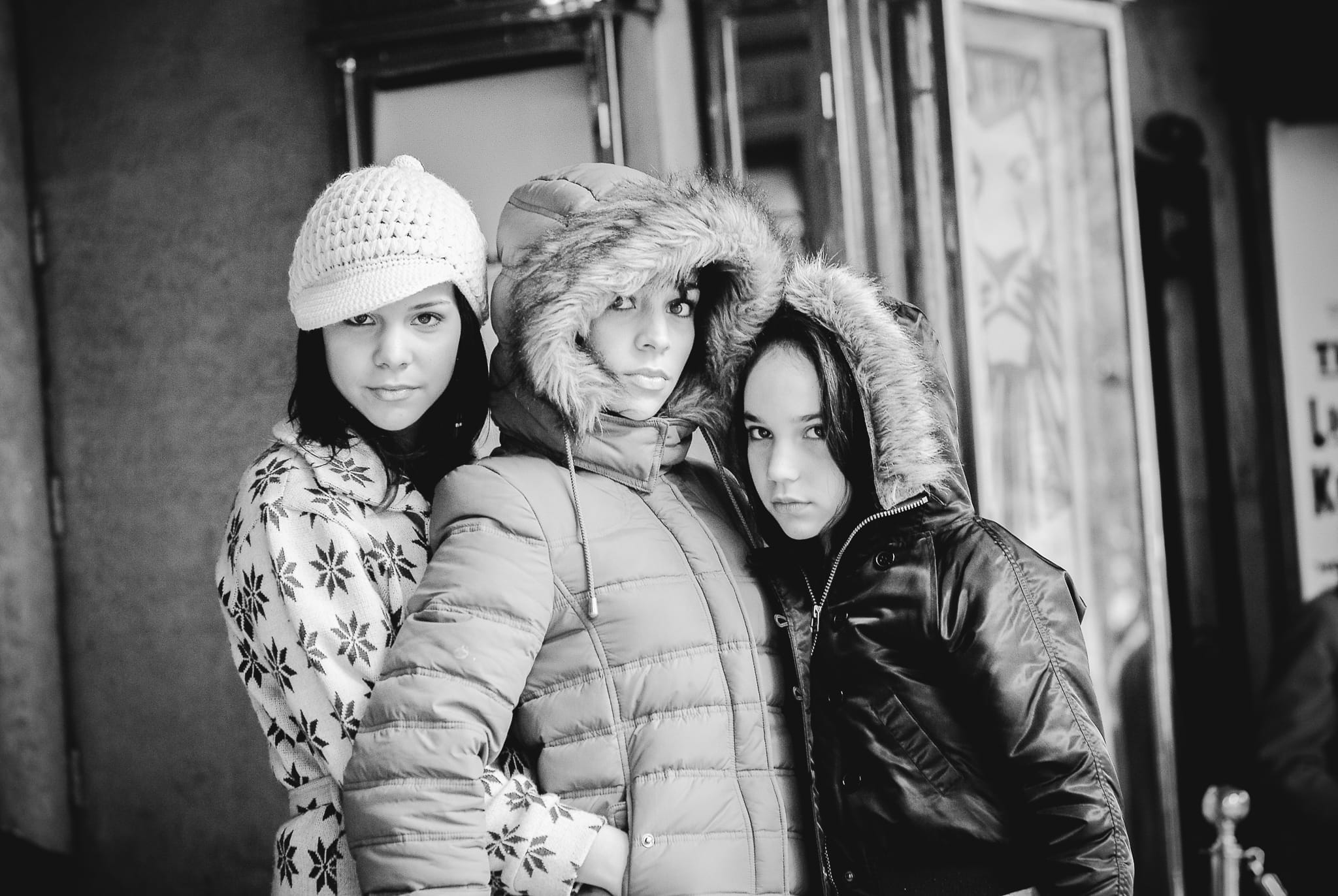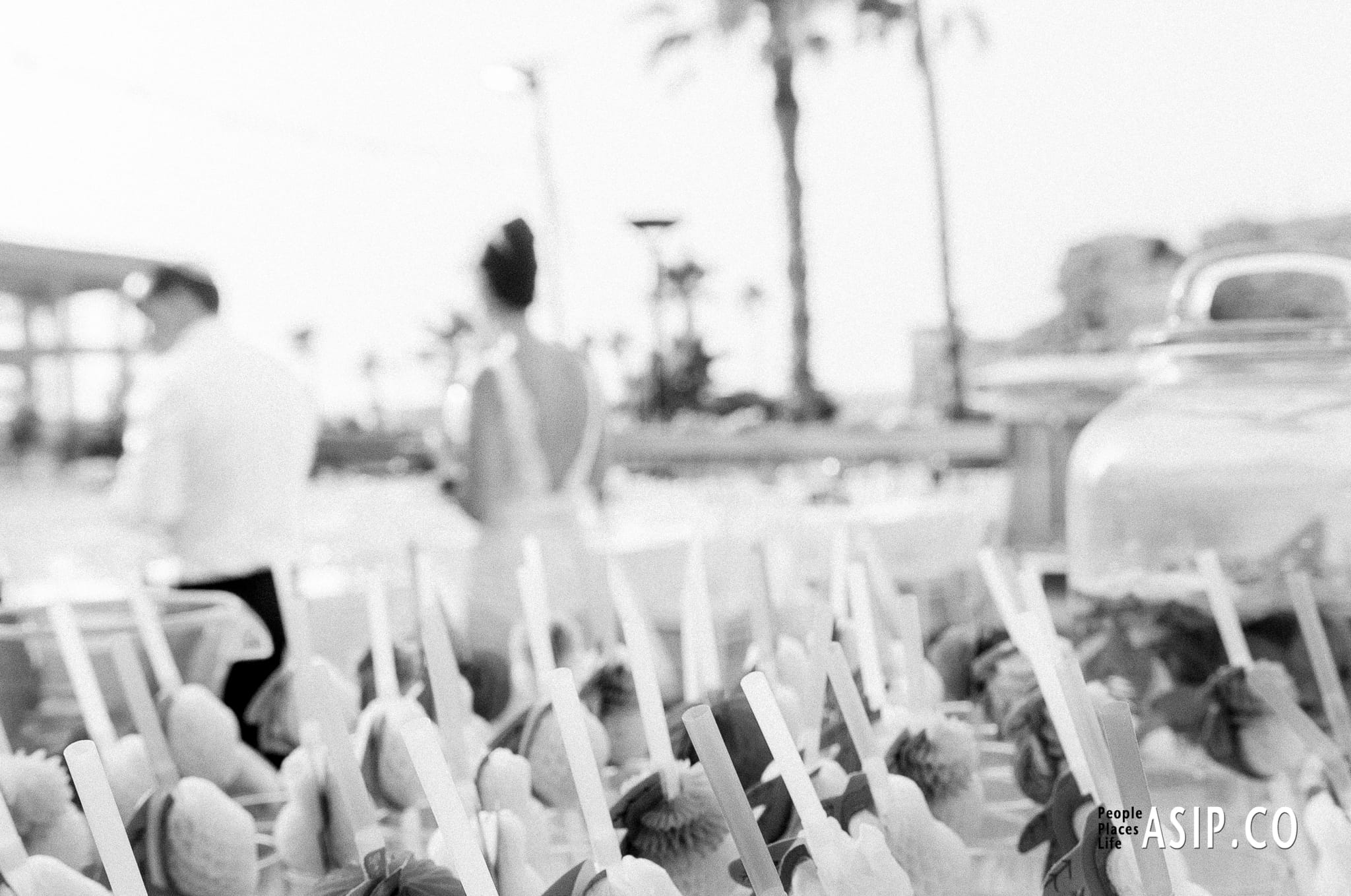The groom’s reception (Yiddish: hoson’s tisch) for men is held at a table laden with food and drink. Seated adjacent to the groom are his father and the bride’s father, surrounded by the rabbis. Around the table are male guests, relatives, and friends of the groom, who toast the groom and sing.
The most crucial procedure at the groom’s reception is the completion and validation of the ketubah , the marriage contract. The ketubah is carefully reviewed by the rabbi to determine that all details are correct.
The groom then formally accepts all the unilateral obligations to which he commits himself in the ketubah by executing a kinyan sudar, a traditional legal consent and agreement process. The officiating rabbi hands him a small article of clothing such as a handkerchief, and the groom, before two witnesses (who may not be close relatives of bride or groom), takes it and lifts it up symbolically to affirm consent, before returning it to the rabbi.
Witnesses sign to affirm the groom’s acceptance, through the act of kinyan, of all the conditions of the ketubah document, thereby validating the ketubah.
When a couple decides to marry, they announce the occasion with an engagement party. In Yiddish this event is called a vort, which means a “word.” At the vort the man and woman traditionally give their “word” and formally commit to marry.
There is a custom to break a ceramic plate at the vort. This symbolizes the seriousness of their commitment to each other: Just as breaking the plate is final, so too the engagement is final and not easily terminated.
Breaking the plate also tempers the intense joy of the occasion, similar to the glass which is broken under the chupah. It reminds us that the Temple is not yet rebuilt.
Customarily, the couple’s mothers are the ones who break the plate.
They hold the plate together and drop it onto a hard surface. ISome have the custom to make a necklace for the bride from the broken pieces. Others give the broken pieces to eligible “singles” as if to say “may a plate soon be broken for you.” Some break the plate at the wedding just before the chuppa.
At your service





